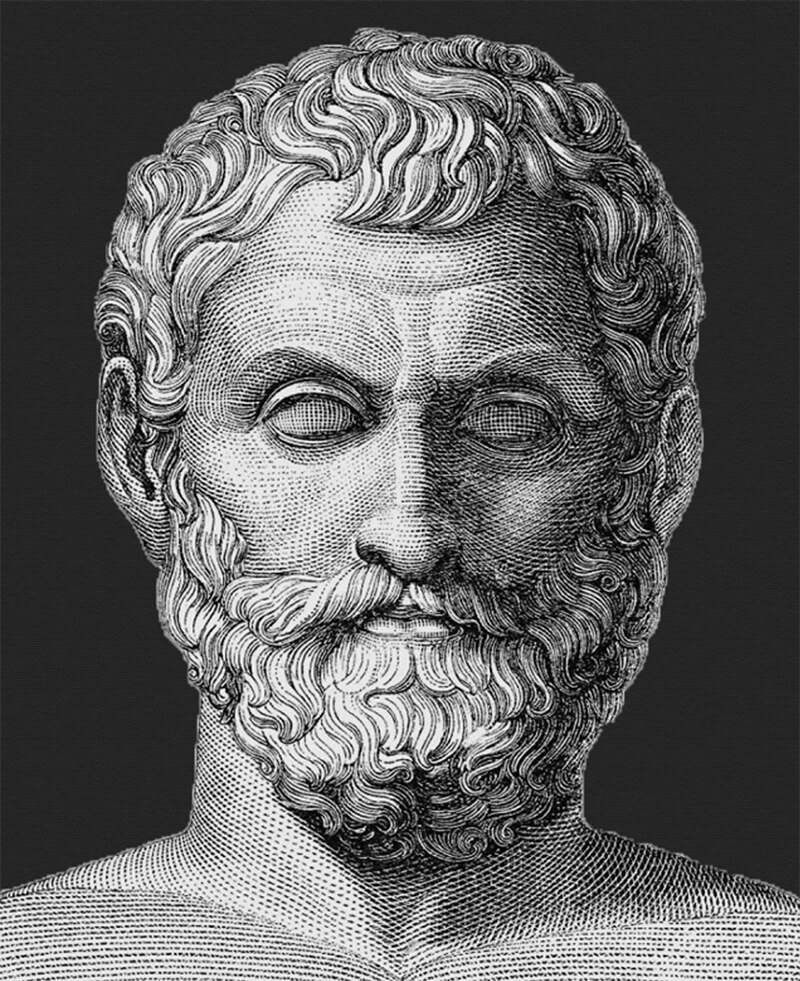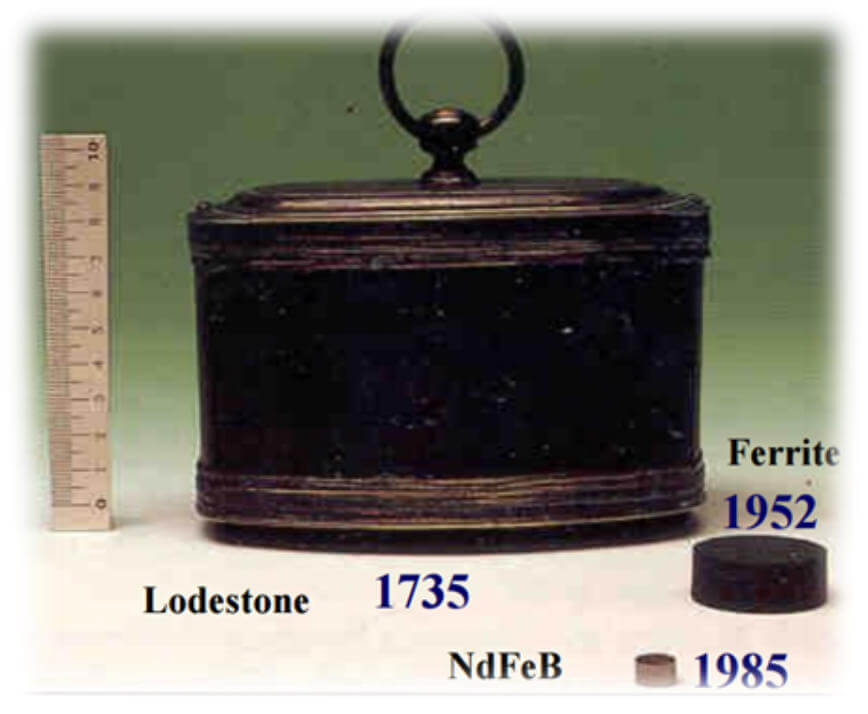Magnetism



- The magnetism journey
Magnetism
- In physics, the term magnetism is the phenomenon in which some materials, so-called magnets, exert attractive or repulsive forces on other materials.
- Such materials are nickel, iron, cobalt, some types of steel and mineral magnetite, although all materials are affected to a greater or lesser extent by the presence of a magnetic field.
- Aristotle attributes the first scientific theory of magnetism to Thales (640 or 624 BC - 546 BC).
- The 1st magnet: The magnetite which is a mineral of iron.
- The name magnititis probably comes from ancient Magnesia, in Asia Minor, where it was found according to mythology by the shepherd Magnitas who, as he grazed his sheep, was the first to discover the mineral that exerted a strong attraction of the edge of his metal rod, or found that a large amount of sand remained attached to it.




Permanent and temporary magnets
A permanent magnet retains its magnetic properties without an external magnetic field while a temporary magnet has magnetic properties only within an external magnetic field.

Electromagnets
Electromagnets are useful in cases where a magnet needs to be switched on with the help of a switch, for example, large cranes used to lift damaged cars.

Magnetic materials
Minerals, Chemical elements: Iron ores, cobalt, nickel, rare earth elements: gadolinium and dysprosium (when at a very low temperature).
Composite Materials: Ferrites, Alnico, Sm-Co, NdFeB.


VIDEOS
Check out the related videos
- This page videos explain the basic meanings-phenomena and history of magnetism.
- Magnets' applications and the procedure of creating magnets of various sizes and shapes
- Earth's magnetic field and what can happen in places with strong magnetic fields.

Mια ενδιαφέρουσα ιστοσελίδα για μαθητές δημοτικού